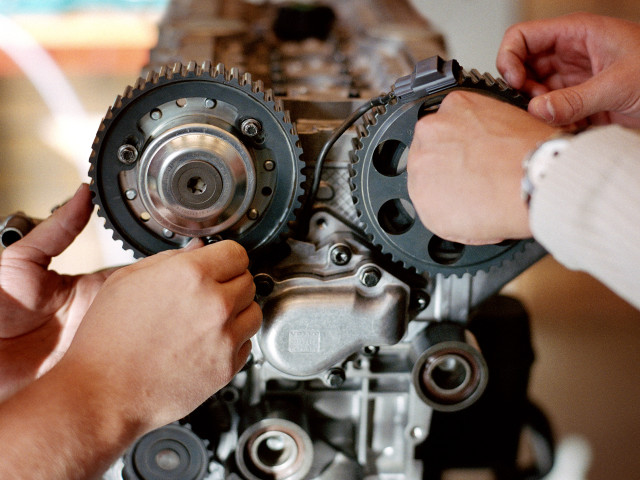This course will treat the energy use in today's society with consideration taken to environment and sustainability aspects. The course focuses on the technologies that are used to satisfy the needs for cooling, heating and ventilation that are required in the built environment.
In the first part of the course, function and structure of components and systems that are used in cooling and heat pump systems are treated. The emphasis is placed on for example compressor driven cooling devices, heat pumps and refrigerated and frozen storage.
In the second part of the course, function and structure of components and systems that are used to create a good and energy efficient indoor environment for people and processes are treated with heating, ventilation,air conditioning, energy conservation, thermal comfort and air quality as central concepts.
